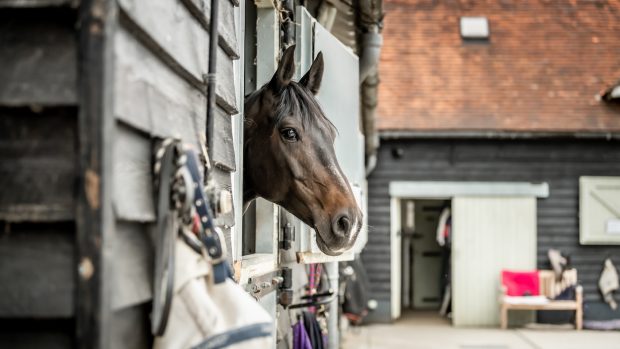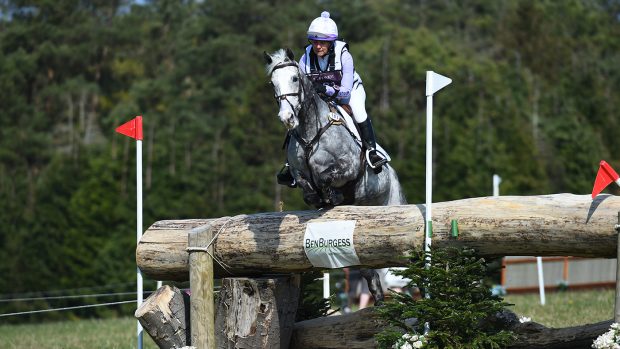Horses are lucky — well, we all knew that, but the military and college football teams really seem to think so…
1. The Queen’s fave

Five-year old Shetland pony Cruachan IV is the mascot for the the Royal Regiment of Scotland, having taken over from his predecessor Cruachan III when he retired in 2013, aged 23. Named after Ben Cruachan mountain, the tradition of the Shetland mascot dates back to 1929, when Princess Louise presented Cruachan I to the Argyll and Sutherland Highlanders. The fact they’re only on Cruachan IV says a lot about the long lives of these hardy little horses. Cruachan IV’s said to be a favourite with The Queen, who often visits him when she’s in Scotland. It may not surprise you to learn that he loves Polos.
2. Take wing
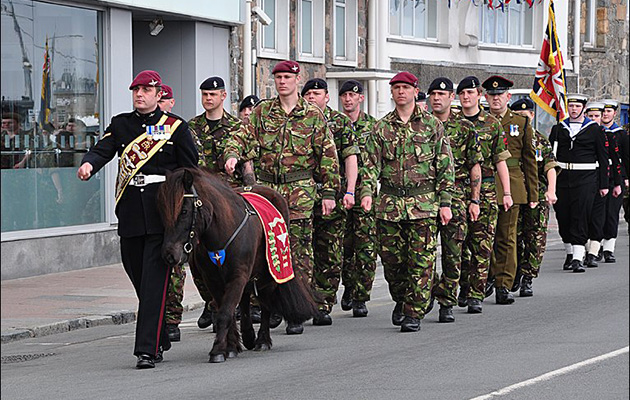
The Parachute Regiment also has a pony mascot, officially known as Pegasus. The first Pegasus, a black New Forest pony, was presented to 1 PARA by the Lt. Ben Arkle in 1950. Pegasus III was quite a character, whose 15 minutes of fame came when he relieved himself during the Queen Mother’s Birthday Parade. The current incumbent is Pegasus V – but a number of other battalions have also had ponies as mascots, including the PARA 2’s Bruneval in the 1960s, who was apparently a wee bit frisky and often galloped off down the runway! He was retired to a quieter life in Limassol Zoo with two donkeys and a camel for company.
3. Beating the drum
The Queen’s Royal Hussars also have a horsey mascot in the massive shape of 19hh Alamein – or Dudley, as he’s affectionately known, this Midlands town being where many of the regiment were trained. Drum horses are used as part of the ornamental marching band, carrying two kettle drums, plus a rider – so need to be weight carriers, and extremely calm in temperament. He also needs a very special, highly trained rider, as drum horse’s reins are steered with the rider’s feet!
Continued below…

13 things you’ll remember if you were pony-mad in the 80s
4. Stubborn as…
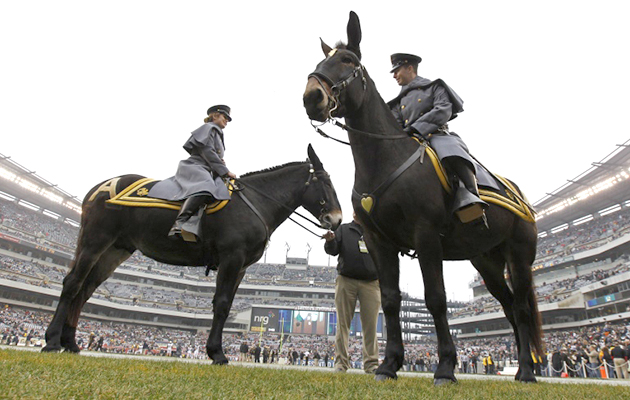
The United States Military Academy college football team (that’s American football, people, not proper football or soccer as the Yanks call it) are known as the Black Knights, but their mascot is a mule. Apparently, this is because of the long history of the mule in military service operations, and because they demonstrate strength and perseverance — Army Mules are still part of the US armed forces. Who knew?
5. Thunderous applause
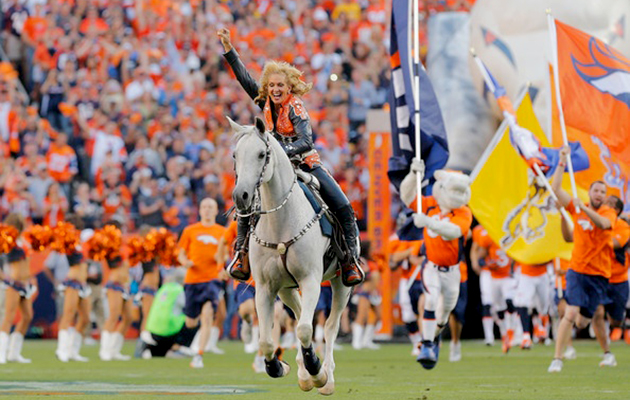
American football team The Denver Broncos come from Colorado, the US state that’s famous for thunderstorms….so naturally their mascot is a horse called Thunder! Actually, they’re now on Thunder III (real name Me N MyShadow), with all the “Thunders” owned and trained by Ann Judge-Wegener, who rides the handsome grey purebred Arab gelding onto the pitch, cantering from one end zone (whatever one of those is) to the next every time their team scores a touchdown. It’s a demanding job for the mascot, as in addition to his on-pitch duties, he visits schools, attends functions and even goes into elevators. Me N MyShadow had 10 years of training, from aged three to 13, before his first public appearance. What a good boy!
6. OTTB (off the track thoroughbreds aka, ex-racehorses) on top
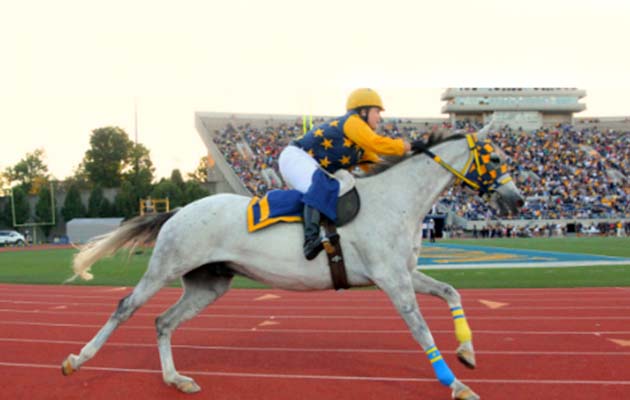
College football seems to attract equine mascots, for some reason. Murray State has a tradition of using a retrained racehorse as its official mascot; nicknamed Racer One, it does a lap of honour round the stadium every time its team gets a touchdown. Hmmm, maybe we should import this noble American tradition — how about it, Manchester United or Chelsea?

